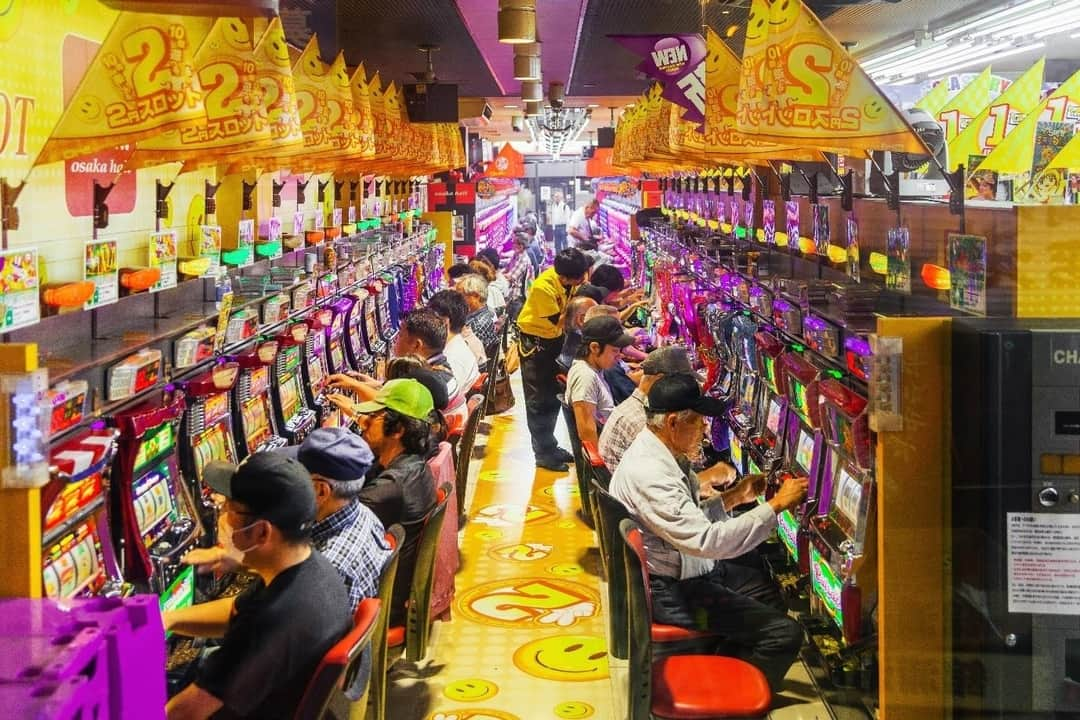The love affair between Japan and casino gaming

Japan have had a true passion for casino gaming since the seventh century, specifically influenced by Chinese culture. Ideas surrounding luck and culture play a massive role in Japanese casino gaming, encouraging precision, skill and unique critical thinking. These precise concepts are a far cry from the online casino games that we’re used to playing now, but perhaps we can take some inspiration from these practices and step up our own gaming style!
From the beginning
The first game that’s known to have taken Japan by storm is ban-sugoroku, a board game that is most similar to backgammon, in the western world. Backgammon is one of the oldest board games in history, involving the roll of a dice and black and white checkers. The objective is to move all 15 of your checkers off the main board. The game’s popularity has remained throughout the years, even transforming into different variations to keep Japanese casino fans wanting more.
From here, more and more card and dice games were developed, almost to a fault. By 1718, Japanese authorities were forced to make an attempt to regulate the gaming world, classifying them into light bets and large bets. From this, small bets like the Lottery were allowed, whilst big bets were frowned upon.
Gradually, new games of chance began to emerge. Whilst these games all had their own unique names, the majority of the rules mirrored that of games you’d find in the rest of the world. For example, Zanmai, a game consisting of a deck of cards, is quite similar to Blackjack, albeit the Japanese version.
The rise of Pachinko
In 1923, the first Japanese market regulation law was passed. Following on from this, the game of Pachinko came onto the scene, during the second World War, in the city of Nagoya. Much like during the 18th Century, regulations were soon brought in, with Pachinko salons being banned in certain areas of the country, including Osaka and Fukuoka, whilst the manufacturing and sale of these machines was briefly banned.
Pachinko is a machine-based game, quite similar to pinball, but perhaps a little more complicated. They also bear a likeness to slot machines, in the sense that they make loud noises and the bells start ringing if you’re lucky enough to bag that win. The concept of the game is easy to follow – a ball is thrown onto the board and bounces off the pins, with rewards waiting within certain spots. At first, the board was wooden, whilst now, you’ll find them made out of metal.
The Pachinko industry is one of the most successful gaming organisations in the world, grossing around $200 billion per year. That works out as a whopping 30 times more than what is spent in Las Vegas and Macau combined – the casino capitals of the world! Pachinko also carries a sense of exclusivity, as the game’s parlours can only be found in Japan, posing as a large part of the culture.
Iconic Pachislots
With restrictions on Pachinko holding some players back, slot machines began to emerge. Known as Pachislots, these games consisted of three reels with a total of five paylines, advertised as a way to develop reflexes, perception and precision. The machines had a regulated turning speed and mandatory stop time, allowing each of the reels to stop separately.
